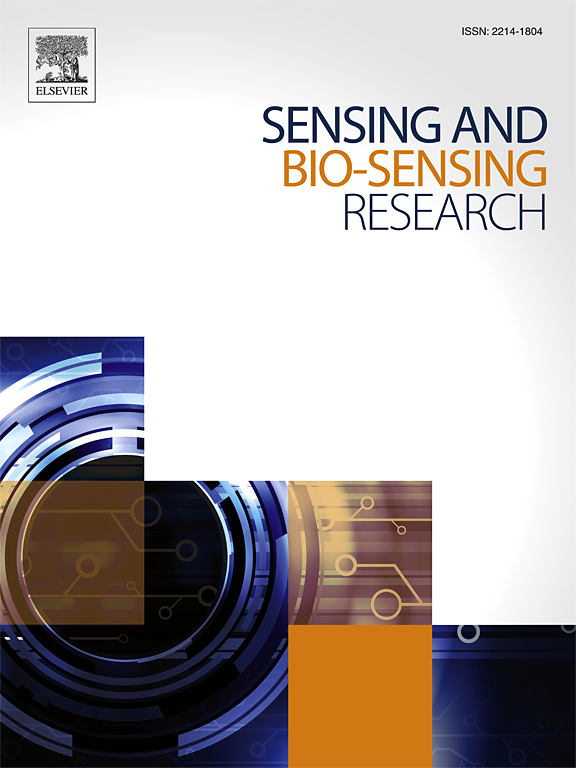Recent advances in nano-enhanced biosensors: Innovations in design, applications in healthcare, environmental monitoring, and food safety, and emerging research challenges
IF 4.9
Q1 CHEMISTRY, ANALYTICAL
引用次数: 0
Abstract
The integration of nanotechnology into biosensor design has propelled significant advancements, transforming them into essential tools for precise and rapid detection in diverse fields. This comprehensive review highlights the latest innovations in nanotechnology-enhanced biosensors, emphasizing their role in healthcare, environmental monitoring, and food safety. It explores how advancements in signal transduction, detection limits, and surface functionalisation have enabled early disease diagnosis through biomarker detection, precise therapeutic drug monitoring, and real-time health assessments. In environmental applications, these biosensors offer unparalleled accuracy in detecting pollutants and pathogens, addressing critical challenges in water and air quality monitoring. In food safety, they ensure rapid identification of contaminants, including toxins, pesticide residues, and pathogens, supporting compliance with stringent safety standards. The review also examines challenges such as scalability and regulatory constraints, while discussing the transformative potential of emerging technologies like artificial intelligence, Internet of Things, and 3D printing. This comprehensive analysis provides valuable insights into the evolving applications and future potential of nanotechnology-driven biosensors.

纳米增强生物传感器的最新进展:设计创新,在医疗保健、环境监测和食品安全方面的应用,以及新出现的研究挑战
纳米技术与生物传感器设计的整合已经推动了重大的进步,将它们转变为在不同领域进行精确和快速检测的基本工具。这篇综合综述强调了纳米技术增强生物传感器的最新创新,强调了它们在医疗保健、环境监测和食品安全方面的作用。它探讨了信号转导、检测极限和表面功能化的进步如何通过生物标志物检测、精确治疗药物监测和实时健康评估实现早期疾病诊断。在环境应用中,这些生物传感器在检测污染物和病原体方面提供了无与伦比的准确性,解决了水和空气质量监测中的关键挑战。在食品安全方面,它们确保快速识别污染物,包括毒素、农药残留和病原体,支持遵守严格的安全标准。该报告还探讨了可扩展性和监管限制等挑战,同时讨论了人工智能、物联网和3D打印等新兴技术的变革潜力。这一全面的分析为纳米技术驱动的生物传感器的发展应用和未来潜力提供了有价值的见解。
本文章由计算机程序翻译,如有差异,请以英文原文为准。
求助全文
约1分钟内获得全文
求助全文
来源期刊

Sensing and Bio-Sensing Research
Engineering-Electrical and Electronic Engineering
CiteScore
10.70
自引率
3.80%
发文量
68
审稿时长
87 days
期刊介绍:
Sensing and Bio-Sensing Research is an open access journal dedicated to the research, design, development, and application of bio-sensing and sensing technologies. The editors will accept research papers, reviews, field trials, and validation studies that are of significant relevance. These submissions should describe new concepts, enhance understanding of the field, or offer insights into the practical application, manufacturing, and commercialization of bio-sensing and sensing technologies.
The journal covers a wide range of topics, including sensing principles and mechanisms, new materials development for transducers and recognition components, fabrication technology, and various types of sensors such as optical, electrochemical, mass-sensitive, gas, biosensors, and more. It also includes environmental, process control, and biomedical applications, signal processing, chemometrics, optoelectronic, mechanical, thermal, and magnetic sensors, as well as interface electronics. Additionally, it covers sensor systems and applications, µTAS (Micro Total Analysis Systems), development of solid-state devices for transducing physical signals, and analytical devices incorporating biological materials.
 求助内容:
求助内容: 应助结果提醒方式:
应助结果提醒方式:


